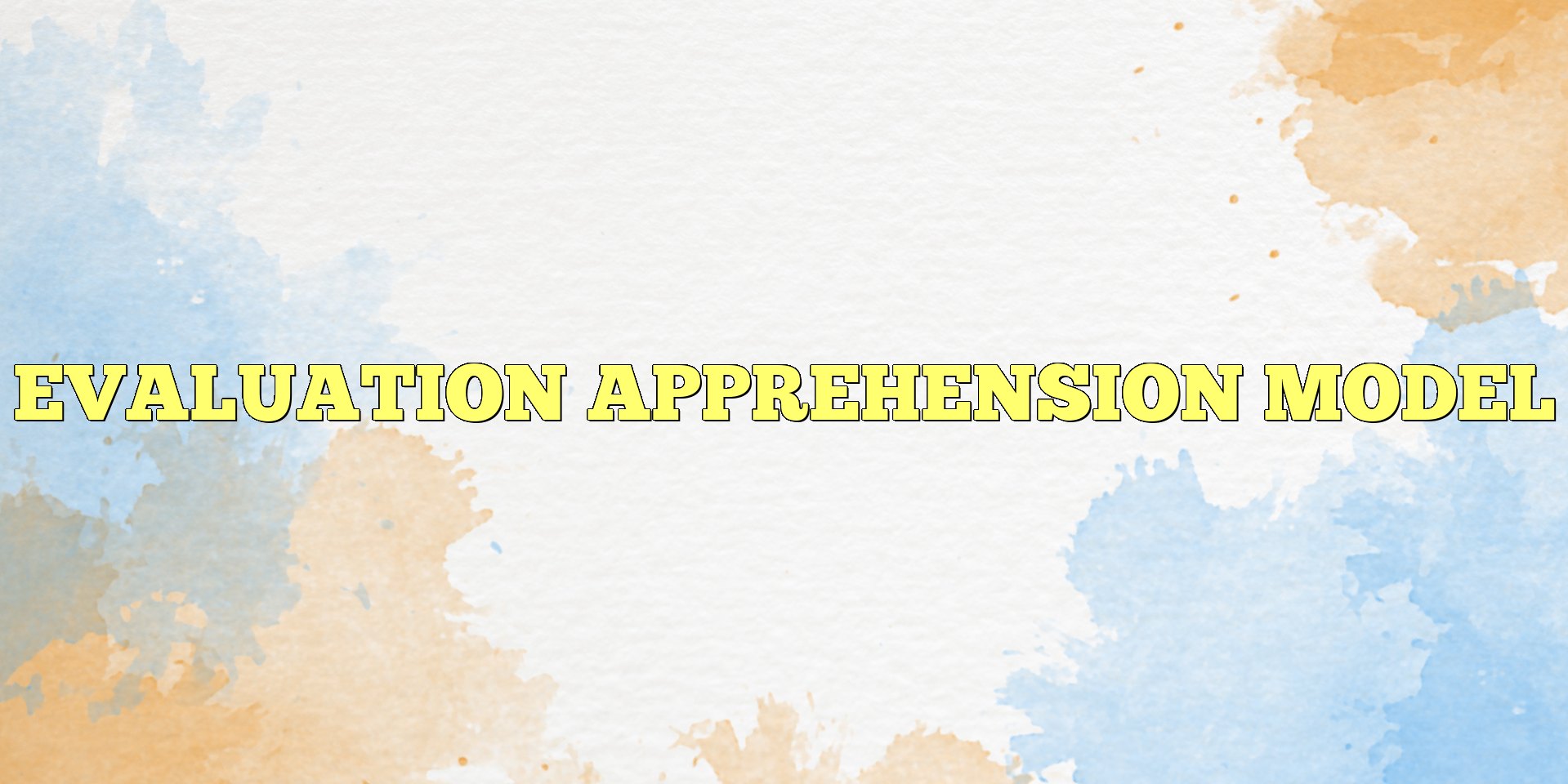The Evaluation Apprehension Model (EAM) is a theory proposed by social psychologists to explain how individuals’ performance is influenced by the presence of others. It suggests that people’s behavior is shaped not only by the actual evaluation or judgment of others, but also by their perceived evaluation. This model has significant implications for understanding social behavior and has been extensively studied in various settings, such as workplaces, schools, and sports teams. In this essay, we will delve into the underlying principles of the EAM and discuss its significance in understanding the complex dynamics of human behavior.

The Evaluation Apprehension Theory was proposed by Cottrell in 1972. He argued that we quickly learn that social rewards and punishments (for example, in the form of approval and disapproval) that we receive from other people are based on their evaluations of us. On this basis, our arousal may be modulated. In other words, performance will be enhanced or impaired only in the presence of persons who can approve or disapprove our actions.
For example, a person who is trying out for cheerleading will feel a heightened sense of arousal leading to incompetence not just because others are around, but because of the fear that others are observing and ridiculing them.
Feelings of concern about evaluation nearly always occur when in the presence of others. However, Cottrell in 1968 tried to separate these variables in an experiment. He found that there was no social facilitation effect on three well-learned tasks performed by a participant when there were two other persons (part of the study) blindfolded and supposedly preparing for a perception study. The participants would perform the same as the participants who were to perform the three well-learned tasks alone. Dominant responses (sharper and quicker) were given mainly by participants that had to perform the three tasks in the presence of seeing persons apart of the study unknown to the participant.
People may experience evaluation apprehension when they are part of a negatively stereotyped group and involved in a stereotype-linked activity. For example women taking a math test may not perform to their full potential because of concerns regarding women’s stereotyped difficulties with math. In this situation, evaluation apprehension is called stereotype threat. Stereotype threat can also occur in private, whereas evaluation apprehension cannot.